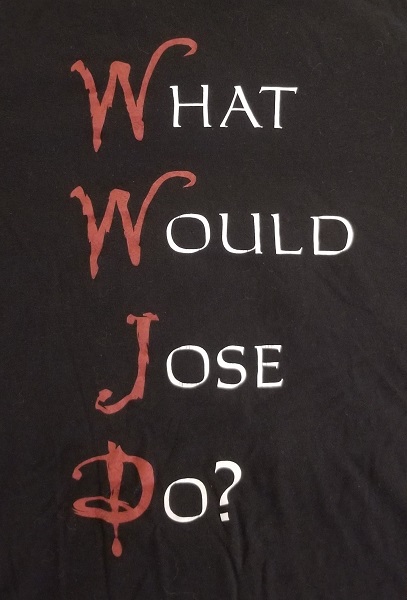 The Securing Verifiable Credentials using JOSE and COSE specification (a.k.a. VC-JOSE-COSE) has reached W3C Candidate Recommendation status. The Candidate Recommendation milestone is described in the W3C Process document. Please review the Candidate Recommendation of VC-JOSE-COSE. Thanks especially to Gabe Cohen, Orie Steele, and Brent Zundel for doing the hard work of getting us to this point!
The Securing Verifiable Credentials using JOSE and COSE specification (a.k.a. VC-JOSE-COSE) has reached W3C Candidate Recommendation status. The Candidate Recommendation milestone is described in the W3C Process document. Please review the Candidate Recommendation of VC-JOSE-COSE. Thanks especially to Gabe Cohen, Orie Steele, and Brent Zundel for doing the hard work of getting us to this point!
Since I last wrote about this work, the W3C Verifiable Credentials Data Model (VCDM), which is also at Candidate Recommendation stage, has been narrowed to only use JSON-LD to represent credentials. VC-JOSE-COSE secures VCDM payloads with JOSE, SD-JWT, or COSE signatures. While I’m admittedly not a fan of JSON-LD, to the extent that Verifiable Credentials using the VCDM are in use, I’m committed to finishing a solid VC-JOSE-COSE specification so there is a simple, secure, standards-based way to sign these credentials.
Of course, there are lots of Verifiable Credential formats to choose from, and more on the way. Choices already existing include ISO mDoc, IETF SD-JWT, IETF JSON Web Proof (JWP), and W3C VCDM. The IETF is also planning to create a CBOR-based selective disclosure representation in the newly formed SPICE working group. It will be interesting to see how these all shake out in the marketplace!


